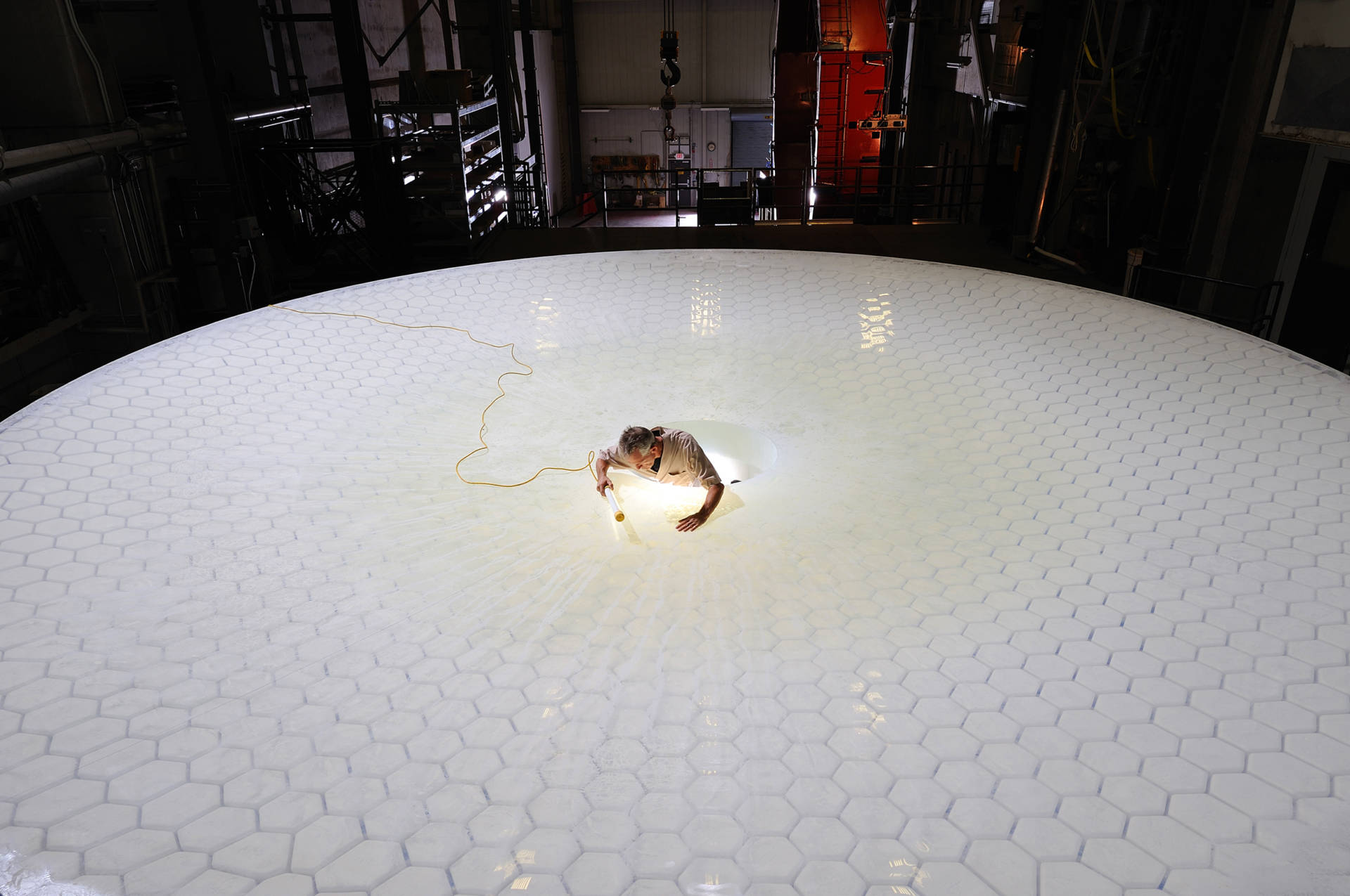Astronomers in California are building the largest digital camera in the world. It will go on a giant telescope taking shape in Chile called the Large Synoptic Survey Telescope.
LSST is different from most large telescopes. Instead of staring at a tiny patch of the sky and taking essentially one snapshot in time, LSST will take a panorama of every part of the sky … and it will do so over and over and over. The idea is to see what’s moving or changing in the heavens.
“That could be everything from asteroids, to variable stars, to supernovae, to maybe a new phenomenon that we don’t know about yet,” says Aaron Roodman, a physicist at the SLAC National Accelerator Laboratory, which is operated by Stanford University and located in Menlo Park. Roodman is the scientist in charge of the integration and testing of the camera.
Final assembly will take place at SLAC, and is still two years off. “Right now, every piece of the camera is under construction in various places,” says Roodman. The sensors that will actual capture the light from stars are being assembled at Brookhaven National Laboratory. Lawrence Livermore National Laboratory is shepherding the construction of the optical lenses. A device for putting different color filters in front of the camera lens is coming from France.

9(MDAxOTAwOTE4MDEyMTkxMDAzNjczZDljZA004))
